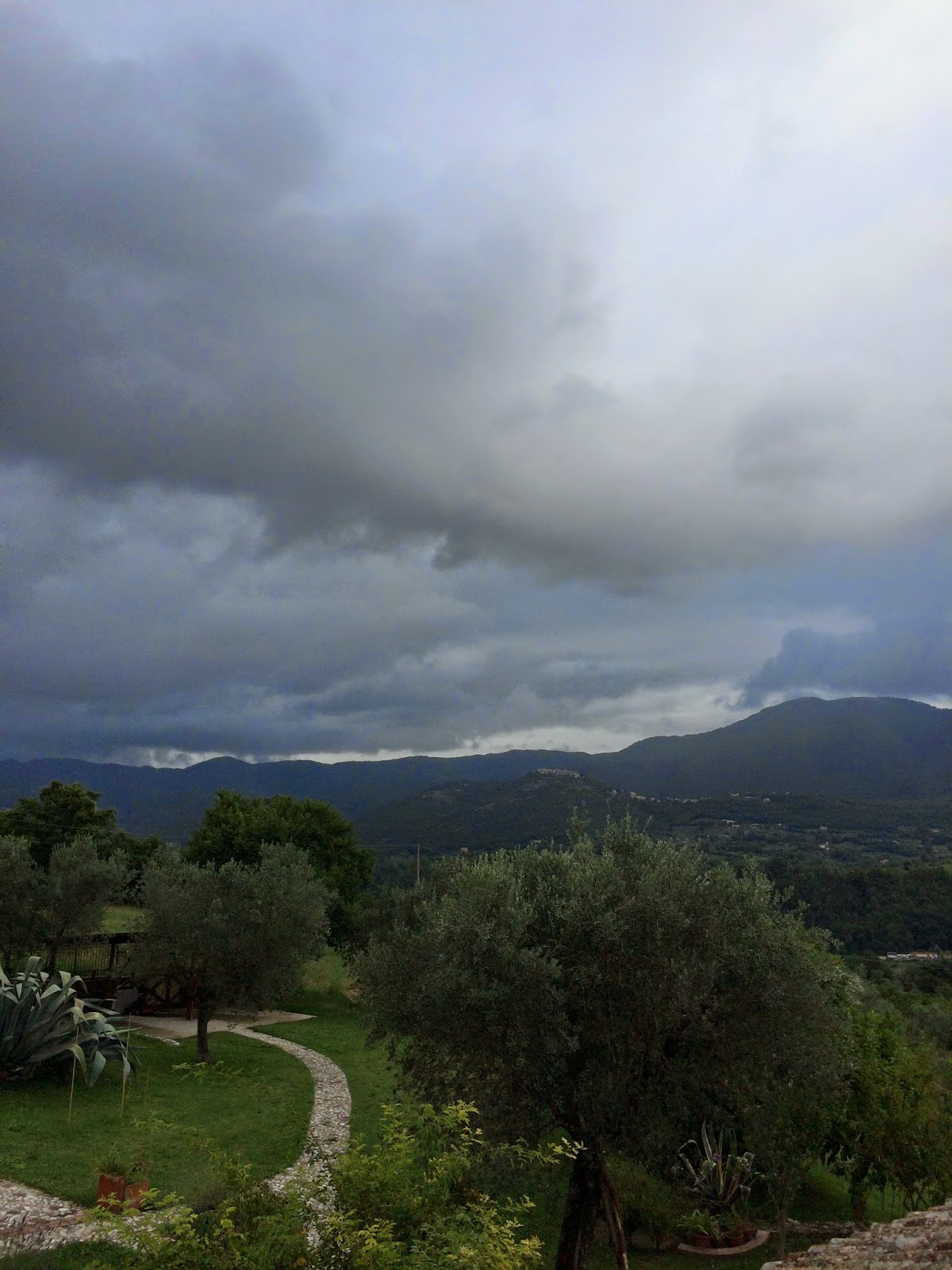by 2014 Conservation Supervisor Elizabeth Homberger
The third season of the Rutgers University Upper Sabina Tiberina excavation in Vacone is underway! This year the conservation team includes Conservator Elizabeth Homberger, Conservation Assistant Amanda Klein and six graduate students. Our main priority this season is to clean and stabilize the exposed in-situ architectural details of the villa, including stone mosaic floors and plaster wall paintings.
We have just two weeks to complete our work, and in the first 2 days started to assess the condition of the mosaics and wall paintings, began cleaning and stabilization of some unstable areas, but unfortunately today we faced a rain storm that kept us inside!

.jpeg)













